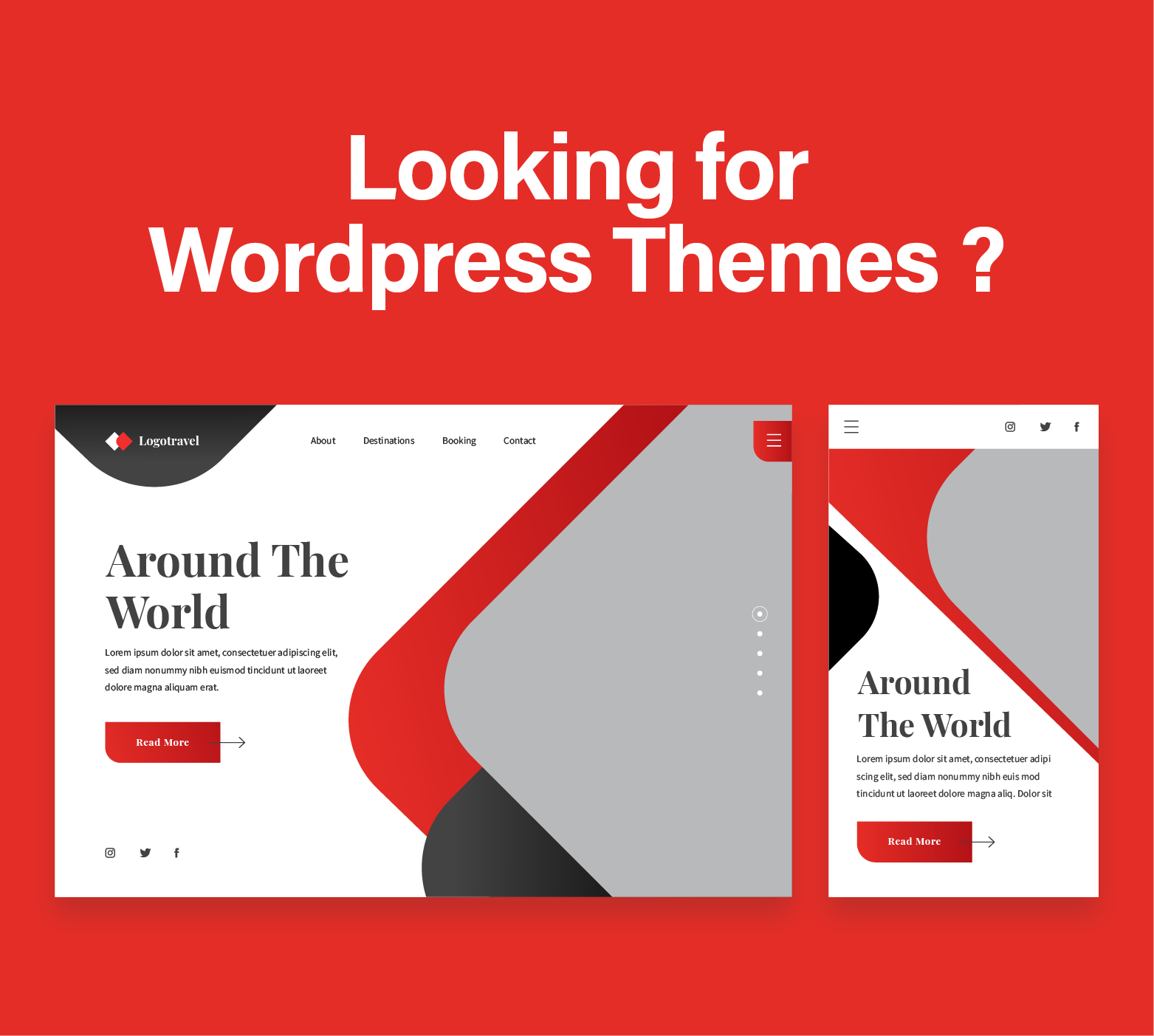Are you here because you want to make a fitness app ? No problem, we are trying to explore what are the features of a fitness app, and how it can be developed. And because the fitness app development cost matters, we will talk about how much it costs too. Not to mention that our team can do fitness tracking app development and wellness app development. Read below for more details:
Introduction to Fitness App Development
The Growing Popularity of Fitness Apps
In recent years, the surge in demand for health and wellness solutions has remarkably fueled the popularity of fitness apps. Individuals worldwide are increasingly turning to digital platforms to manage their workout regimes, making the decision to create a fitness app more relevant than ever. The rise of smartphones and wearable technology has further boosted this trend, providing users with convenient and personalized ways to track their fitness journey.
Do you need fitness mobile app development ? We are here to help because we have over 12 years of experience developing mobile and web apps. Just get in touch with us and lets develop the best app. Prices start from 5500$ USD.

This growing demand presents a unique opportunity for developers and entrepreneurs looking to create a fitness app. By tapping into this lucrative market, they can deliver innovative solutions that cater to the diverse needs of fitness enthusiasts. Whether it’s for tracking workouts, monitoring health metrics, or providing personalized fitness plans, fitness apps are becoming an integral part of many people’s daily routines.
Key Benefits of Creating a Fitness App
When you decide to build a fitness app, you’re not just creating a product; you’re offering a tool that can significantly enhance the user’s health and wellbeing. Fitness apps provide users with the convenience of having personalized workout plans and health monitoring right at their fingertips. This accessibility is crucial in encouraging regular exercise and healthy living habits.
Furthermore, creating your own fitness app opens the door to a vast market of health-conscious users. These apps can be monetized through various models, including in-app purchases, subscription services, or premium features, making them a profitable venture for businesses. Additionally, they offer an excellent platform for fostering a community of like-minded individuals who motivate and support each other’s fitness goals.
Understanding the Features of a Successful Fitness App
Essential Features of Fitness Apps
A successful fitness app should encompass essential features that cater to the basic needs of its users. This includes a user-friendly interface, robust workout tracking capabilities, and customizable fitness plans. Users should be able to effortlessly track their progress, whether it’s for weight loss, muscle gain, or maintaining a healthy lifestyle. Integrating features like calorie counters, step trackers, and exercise logs is fundamental to meet these needs.
Moreover, social integration is a crucial feature for those who want to create a fitness app that stands out. Allowing users to connect with friends, share their achievements, and even participate in friendly competitions can significantly enhance user engagement and retention. Additionally, providing educational content like workout tutorials or nutritional advice can further enrich the user experience and foster a more comprehensive approach to health and fitness.
Advanced Features for Enhanced User Experience
To truly set your fitness app apart, incorporating advanced features is key. This includes leveraging AI and machine learning to offer personalized workout and diet recommendations based on the user’s health data and preferences. Such tailored experiences encourage users to remain consistent and committed to their fitness goals.
Another advanced feature is the integration of augmented reality (AR) and virtual reality (VR), which can revolutionize the way users engage with their workouts. These technologies can simulate different environments for exercise, making the workout experience more enjoyable and immersive. By continually innovating and adding such cutting-edge features, you ensure that your fitness app remains at the forefront of the digital wellness industry.
Planning Your Fitness App Development
Defining Your Target Audience
Successful fitness app development begins with a clear understanding of your target audience. Identifying who will use your app influences every aspect of development, from design to functionality. Consider factors such as age, fitness level, and health goals. Are you targeting busy professionals, fitness enthusiasts, or beginners looking to start their workout journey? Understanding your audience helps tailor your app to meet their specific needs, ensuring it resonates and provides value to its users.
It’s not just about creating a generic fitness tool; it’s about crafting a personalized experience. Analyze market trends, gather user feedback, and study competitors to better understand your audience. This insight will be invaluable as you move forward to create a fitness app that genuinely meets the needs of your intended users.
Setting Clear Objectives and Goals
Before embarking on the journey to build a fitness app, setting clear objectives and goals is crucial. What do you want to achieve with your app? Are you focusing on workout tracking, diet planning, or a holistic health approach? Clear goals guide your development process, ensuring that every feature and decision aligns with your app’s purpose. This clarity helps in maintaining focus and provides a benchmark against which you can measure progress and success.
Establishing objectives early on also aids in communicating your vision to the development team, stakeholders, and potential investors. Whether your goal is to increase user engagement, drive revenue, or improve health outcomes, having well-defined objectives ensures that all efforts contribute to these overarching goals.
Choosing the Right Fitness App Development Service
What to Look for in a Development Agency
Selecting the right development agency is a pivotal decision in creating your fitness app. Look for a team with a proven track record in mobile app development, particularly in the health and fitness sector. Expertise in the latest technologies, user interface design, and data security are essential. The agency should not only have technical proficiency but also a deep understanding of the fitness industry and its unique challenges and opportunities.
Additionally, consider the agency’s approach to client collaboration. A development partner that values your input and involves you in key decisions can make a significant difference. They should be transparent about their processes, timelines, and pricing, ensuring you are aligned every step of the way.
Comparing Costs and Services
When choosing a service provider to build a fitness app, comparing costs and services offered is vital. Evaluate what you are getting for your investment. Cheaper options might save money upfront but could lead to more expenses in the long run due to lower quality or lack of support. On the other hand, the most expensive option isn’t necessarily the best either. Balance cost with the quality of services, customer reviews, and the agency’s portfolio of previous work.
Don’t forget to consider post-launch services like maintenance, updates, and customer support. These are crucial for the long-term success of your app. An agency offering comprehensive services from development to post-launch support may represent a more valuable investment in the long run.
The Development Process: A Step-by-Step Guide
Design and User Experience Considerations
The design and user experience (UX) of your fitness app are crucial to its success. A well-designed app should be intuitive, engaging, and simple to navigate. Prioritize a user-centric design that appeals to your target audience. This means considering elements like layout, color schemes, typography, and iconography. Aesthetically pleasing and functional design can significantly enhance user engagement and retention.
Remember, the UX goes beyond just looks; it encompasses the overall feel and usability of the app. Perform user testing with real users to get feedback and make necessary adjustments. The goal is to create a seamless experience that keeps users motivated and committed to their fitness goals.
Technical Development and Testing
The technical development phase involves turning your app concept into a functioning product. This includes coding, integrating APIs, and setting up databases. Choose a tech stack that ensures reliability, scalability, and security. During development, implement agile methodologies to allow for flexibility and continuous improvement based on feedback.
Testing is a critical part of the development process. It’s not just about fixing bugs; it’s about ensuring the app’s functionality, performance, and security. Conduct various tests, including unit testing, integration testing, and user acceptance testing. A thoroughly tested app ensures a smooth, glitch-free user experience, which is vital for the success of a fitness app.

Integrating with Wearables and Other Technologies
Compatibility with Fitness Devices
One of the key features that set a modern fitness app apart is its compatibility with various fitness devices and wearables. When you build a fitness app, integrating it with popular wearables like smartwatches and fitness trackers can significantly enhance user experience. This integration allows for more accurate tracking of physical activities, heart rate monitoring, and providing real-time feedback to users. Seamless synchronization with these devices not only enriches functionality but also adds convenience, encouraging users to stay more engaged with the app.
Ensure your fitness app development strategy includes robust API integrations, making it compatible with a wide range of devices. This not only broadens your app’s appeal but also enhances its utility, providing users with a comprehensive fitness tracking experience.
Leveraging Emerging Technologies
In the rapidly evolving tech landscape, leveraging emerging technologies can give your fitness app a competitive edge. Incorporating features like augmented reality (AR) can transform ordinary workout routines into engaging and interactive experiences. For instance, AR can be used to create immersive fitness challenges or guide users through exercises with virtual trainers.
Another technology worth considering is artificial intelligence (AI). AI can personalize workout and diet plans based on user data, adaptively adjust fitness goals, and even provide predictive insights on user health. By staying ahead with these technologies, you ensure your fitness app remains relevant and innovative in a crowded marketplace.
Marketing and Launching Your Fitness App
Effective Marketing Strategies for Fitness Apps
Developing a great fitness app is just the beginning. Effective marketing strategies are crucial for ensuring its success. Utilize digital marketing channels like social media, email marketing, and content marketing to create awareness and excitement around your app. Influencer partnerships can also be a powerful tool to reach a wider audience and build credibility.
Additionally, focus on app store optimization (ASO) to improve your app’s visibility in app stores. Use targeted keywords, compelling descriptions, and engaging screenshots to attract potential users. Remember, the goal is to not only attract users but also to retain them, so invest in strategies that foster long-term user engagement.
Launch Checklist and Post-Launch Support
Prior to launching your fitness app, ensure that you have a comprehensive checklist covering all aspects of the launch – from final testing and bug fixing to marketing and promotional activities. This checklist helps in orchestrating a smooth launch, minimizing potential hiccups.
Post-launch support is equally important. Pay attention to user feedback and reviews to continuously improve your app. Regular updates, bug fixes, and new feature rollouts keep your app relevant and maintain user interest. Providing timely and effective customer support also plays a crucial role in user satisfaction and retention.
Case Studies: Success Stories in Fitness App Development
Overview of Successful Fitness Apps
Examining the success stories of prominent fitness apps provides valuable insights and inspiration. These case studies highlight the diverse approaches to fitness app development, from apps focusing on home workouts to those integrated with gym equipment. Analyze what made these apps successful – be it their user-friendly design, unique features, or effective marketing strategies.
Such analysis not only informs about what works but also sheds light on potential pitfalls to avoid. Learning from the successes and failures of others can significantly inform your approach as you create and market your own fitness app.
Lessons Learned and Best Practices
Delving into case studies, several key lessons emerge. First, understanding and meeting the needs of your target audience is crucial. Second, continuously innovating and updating your app keeps it fresh and engaging. Lastly, robust marketing and customer support are essential for app growth and retention.
Best practices include prioritizing user experience, leveraging data analytics for informed decision-making, and staying agile to adapt to changing market trends. These insights form a blueprint for success in the competitive world of fitness app development.
Conclusion and Future Trends in Fitness Apps
Summing Up Key Takeaways
In conclusion, the journey to create a successful fitness app involves deep market understanding, innovative development, and effective marketing. It’s a process that combines technology with a keen understanding of fitness trends and user behavior. Remember, the ultimate goal is to create an app that not only attracts users but also inspires and supports them in their fitness journey.
As you embark on this journey, keep in mind the key takeaways from each section of this guide. From planning and development to marketing and post-launch support, each step is critical in creating an app that stands out in the crowded fitness app market.
Future Developments in Fitness App Technology
The future of fitness apps looks bright and is poised for further innovation. Trends like integration with smart home devices, use of big data for personalized fitness recommendations, and advancements in wearable technology will shape the future landscape of fitness apps.
Staying abreast of these trends and continually adapting your app to incorporate new technologies and features will be key to its long-term success and relevance in the ever-evolving digital fitness domain. And if you want to build a workout app just get in touch with our development team and lets get started. And this applies to gym workout app development or yoga app development.








